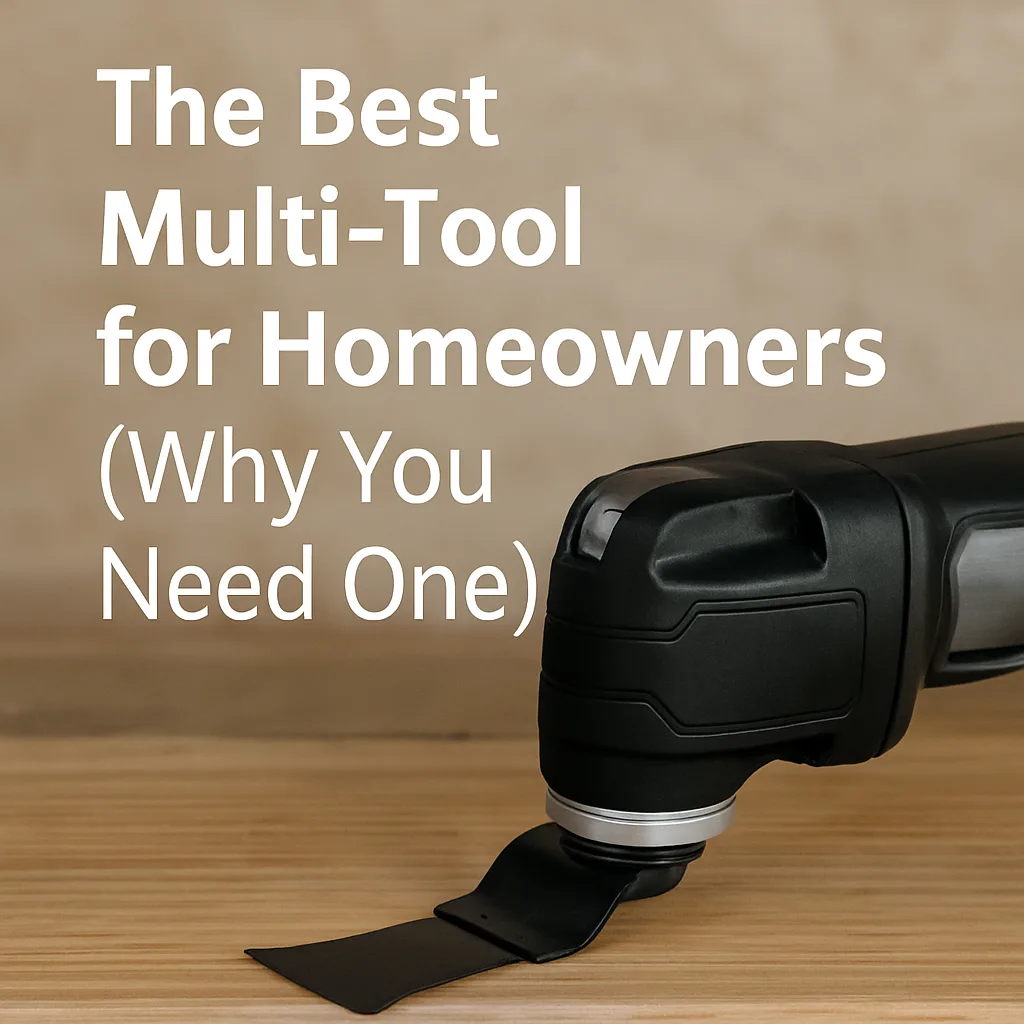New! DIY Project Planner. Plan smarter, skip the spreadsheets. Start Your Free Trial Today →

The best multi-tool for homeowners isn’t just another gadget — it’s the tool you’ll reach for when no other tool can get the job done. Whether it’s tight cuts, weird angles, or sanding in corners, a multi-tool makes awkward fixes feel easy.
Oscillating multi-tools cut, sand, grind, scrape, and polish—all with a simple blade or attachment change.
Once you have one, you wonder how you ever lived without it.
In this post, we’ll break down what makes a good multi-tool, who needs one, and which model is actually worth your money.
Heads up: Some links below are affiliate links. If you buy through them, we might earn a small commission—at no extra cost to you.
At first glance, an oscillating multi-tool doesn’t look like much.
But it’s insanely versatile once you start using it:
And because it vibrates (oscillates) at super high speeds instead of spinning like a saw, it’s safer and easier to control in tight spots.
Why It’s Worth It:
Real Talk:
You can find cheaper multi-tools. But most budget ones vibrate like crazy, bog down in hard cuts, and the accessories loosen mid-project.
DEWALT’s XR model is the one you want if you want it to just work.
If you’re on a budget but still want something decent, the Dremel MM50 is a solid choice:
Downsides:
Most multi-tools don’t come with a huge kit of accessories. Here’s what you’ll actually want to pick up:
Upgrading your gear? You’ll want to see our roundup of the truth about tool warranties and which brands actually honor them.
The DIY Tool Upgrade Path: What to Buy After Your Starter Kit
Best Starter Tools for DIY: 7 I’d Buy First If I Had to Start Over